It’s hard to take “brains” seriously, specifically the plural version. Especially when a script requires every character to say” brains” a million times. It probably has a lot to do with all the times I’ve watched Return of the Living Dead growing up.
Sometimes it was hard to take Scarlet Nexus seriously; it’s full of campy lines about peoples’ brains being eaten or manipulated, and hearing panicked voices yelling “brains” just has a tone to it.
But as the game goes on and settles in, it earns its tone over time with its over-the-top story about government conspiracies, otherworldly forces, untold history and how that all weighs down on individuals foolish enough to join the military propping it all up.
Scarlet Nexus Review
Scarlet Nexus starts in a straightforward way, lining up with peers like God Eater with its story of unfathomable creatures called Others threatening humanity. The only way to fight them is with psychic powers, which is convenient considering people are just born with them in this world for the most part.
As one of two possible player characters, both of whom are recruits in the OSF, your job is to use a particular brand of psychokinesis to fight some of the most bizarre-looking monsters in video games. Of course, it gets complicated pretty quickly.
The story develops over the course of 12 chapters, and not a single one goes by without a totally ridiculous plot twist. The magic here is that, no matter how much Scarlet Nexus’ plot is escalated, and lemme tell you it Escalates, everything is tied together in ways that are clean and easy to follow.
I’m not in camp “lol wacky Japan games” but also can’t deny how wild stories like this can get in games. Yet here it flows digestibly and actually develops the connective tissue between all the bizarre twists.

The best part, though, is how well all the plot twists and brains drama is represented by the protagonist choice in the beginning. Yuito and Kasane, despite having similar powers (a big part of the story itself) don’t have similar paths at all.
There are truly two different stories at play here, making the first time you roll credits only part of the bigger picture. Scarlet Nexus smartly only gives you crumbs of what happens on the other character’s path, just enough to keep that comprehension overall but making that second playthrough incredibly enticing.
Having two very different sets of events and groups of characters developing, then come together at the end works so well in this game’s favor.
Especially since it’s so damn fun to play anyway. While not exaclty approaching hardcore character action ala Devil May Cry, Scarlet Nexus nonetheless is a surprisingly deep and dynamic action game.
You have a whole toybox of moves and techniques to play with, that only gets deeper in time as you unlock more nodes on the skill tree. That’s in combination with all the external context, which basically means all the different ways you can utilize your psychokinesis in the environment.
The whole combat loop is a back and forth between physical strikes and psychic attacks, governed by a meter you have to manage effectively to get the most out of your tool set. On top of that is a system that lets you temporarily borrow powers from your teammates, which expands your options even further.
Related: Scarlet Nexus Release Date and Anime Revealed in New Trailer
This isn’t the first game with psychic powers about moving objects, but the way Scarlet Nexus gives you so much to play with makes the game’s slick pace a blast. Each new area has new objects, and you never know what’s going to happen.
There’s also a physicality to the objects, as unlike games in which the powers just make objects appear in videogame fashion, you’re at the mercy of the various cars, boxes, street lamps, signage, so on and so forth around you. It’s all finite, and it makes having yet another detail to keep track of so much fun.
The payoff is in the spectacle, for example in-between the standard throwing crap you can do things like crush a propane truck until it explodes, toss enemies around with construction equipment, or even surf on large hunks of metal right through several enemies before ending with a violent flourish.

I never felt like I ran out of unique ways to approach a combat situation the entire way through. Sure I had my bread and butter combos I liked to lean on, but the element of incorporating and reacting to my surroundings always had me feeling engaged.
Maybe there were items like chandeliers or statues nearby, with their distinct animations and attack properties. Or maybe there were barrels of oil or sources of water I could douse enemies with to make them vulnerable to my team’s other powers.
There was always a sense of options, like I could just swing the camera around and find something to play with and incorporate into my approach in ways that felt like I was thinking about my actions in real time rather than having everything prepared beforehand.

I was all-in on Scarlet Nexus for the most part, and when I did run into issues it was more in the side content realm than anything else. For example, the way Scarlet Nexus handles equipment upgrades and crafting items really left a bad taste in my mouth.
Through the game as you take down enemies they drop items, and you can also pick things up on the map as you’re running around. In turn, you can make those items or materials into new weapons, equipment, consumables, etc. However, it’s really just text and menu fumbling at the end of the day.
And it’s the kind of fumbling that feels antithetical to a fast-paced action game. It’s like the game comes to a screeching halt, especially if you’re trying to keep up with upgrades as they appear in the shop menus.
The upgrades don’t even feel meaningful, often coming up as a slightly stronger version of the weapon your characters already have, which are disproportionately painful to grind the components for. On easier difficulties it’s a moot point, but it’s a system you’ll more or less need to engage with if you’re taking the game more seriously.
This also matters when it comes to getting all the gifts to bond with your teammates, which open up both more character development as well as combat options.

If there was a bit more substance to this aspect of Scarlet Nexus it would probably feel more exciting. Like if there were more drastic cosmetic changes to weaponry, or different move animations or something, rather than just numbers in the menu.
Revisiting stages to grind just doesn’t feel good, since the story’s pace is otherwise relatively brisk. It’s a weird subsystem that feels bolted on for the sake of having a little something else, that ends up just feeling like grinding.
Obviously, aside from the crafting stuff I had a great time with Scarlet Nexus. I’m never sure what I’m getting into when Bandai Namco drops an action game like this, but I’d say this new IP really stands out compared to God Eater and similar games.
The story also ends rather conclusively and in satisfying fashion, without multiple endings or other weird ways to hook for a sequel. It’s a complete story with two different sides that combine to make a whole, and that feels great to roll credits on. Scarlet Nexus, with its rambunctious and dynamic combat, crazy (but well told) story and awesome art design, is an easy standout in 2021.
Pros:
- Tons of options in combat
- Story split is presented, structured and told incredibly well
- Awesome visuals and animations; runs great on new-gen hardware and doesn’t even look like an Unreal game
Cons:
- Crafting system feels like a pointless grind
- Combat can feel a bit too simple before you unlock more options
- Dodging can sometimes feel a bit wonky
Score: 9/10
A copy of this game was provided by the publisher for review

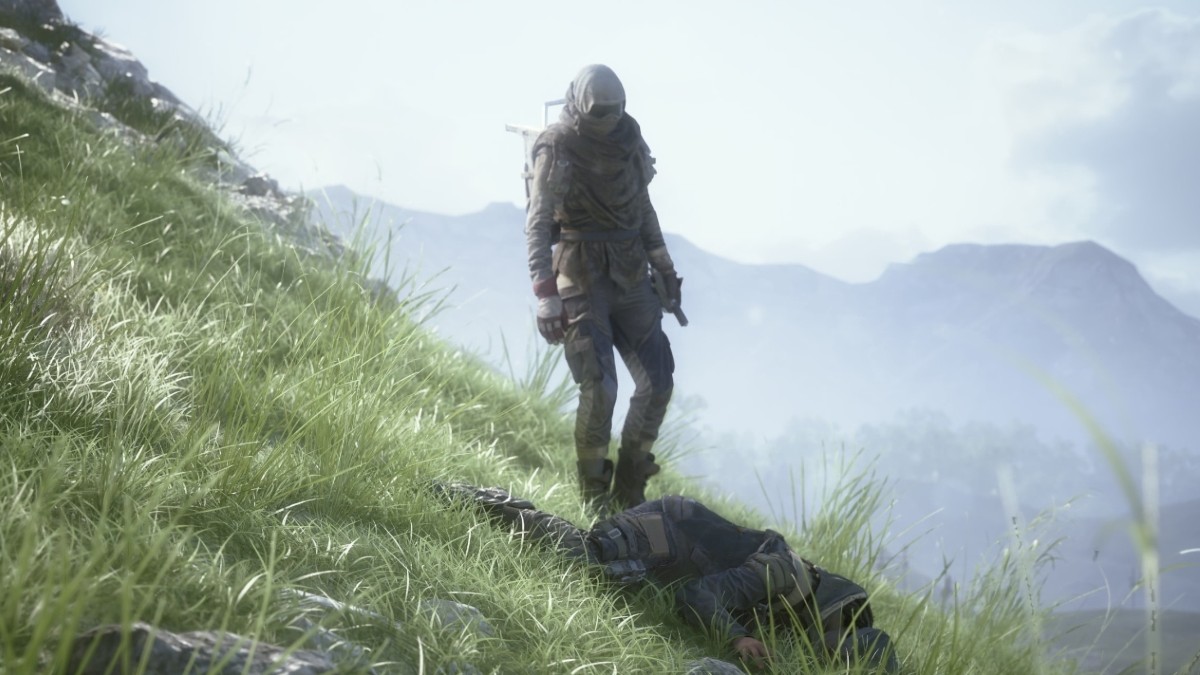

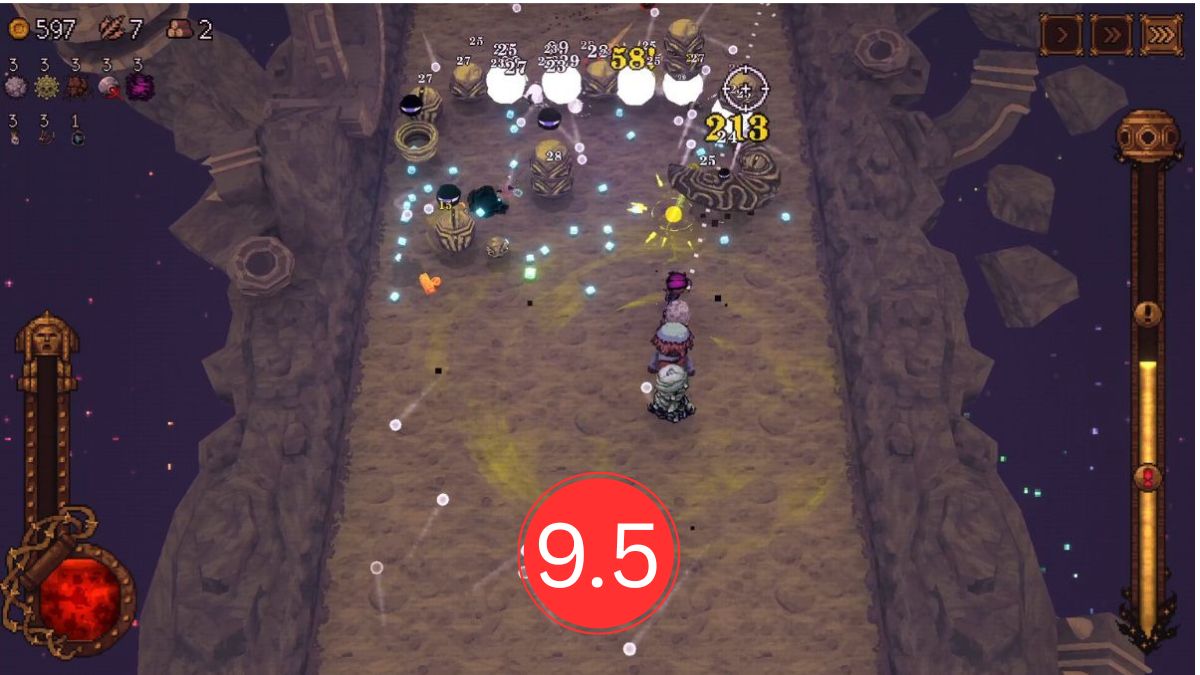

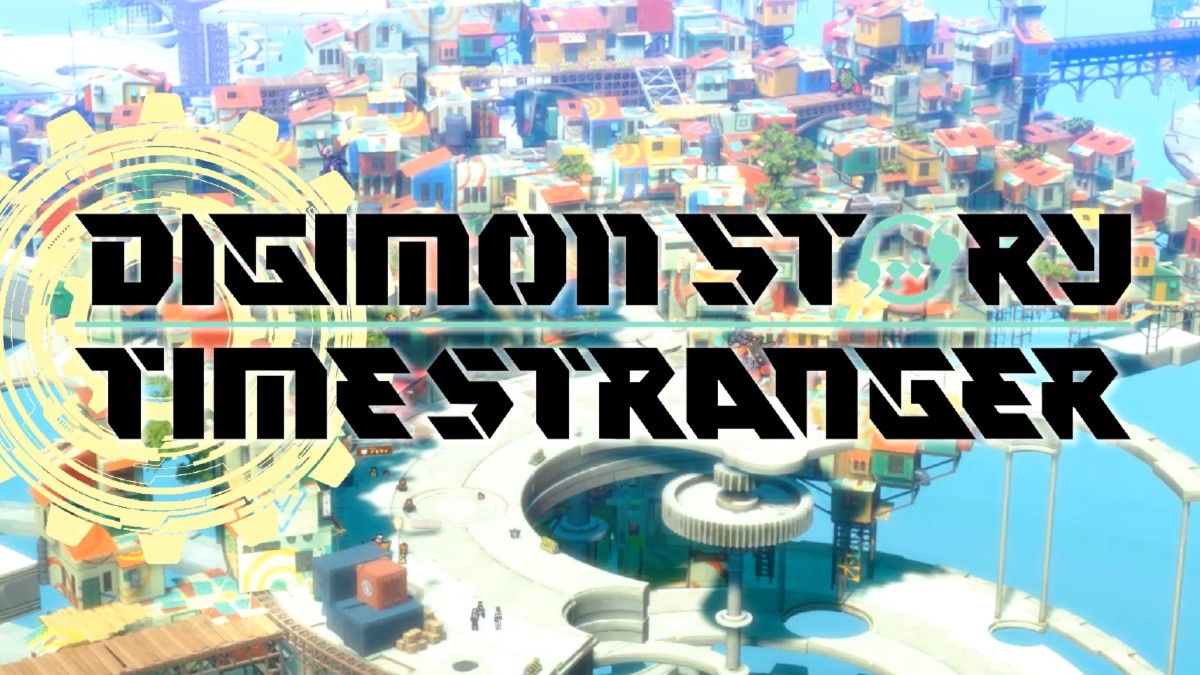
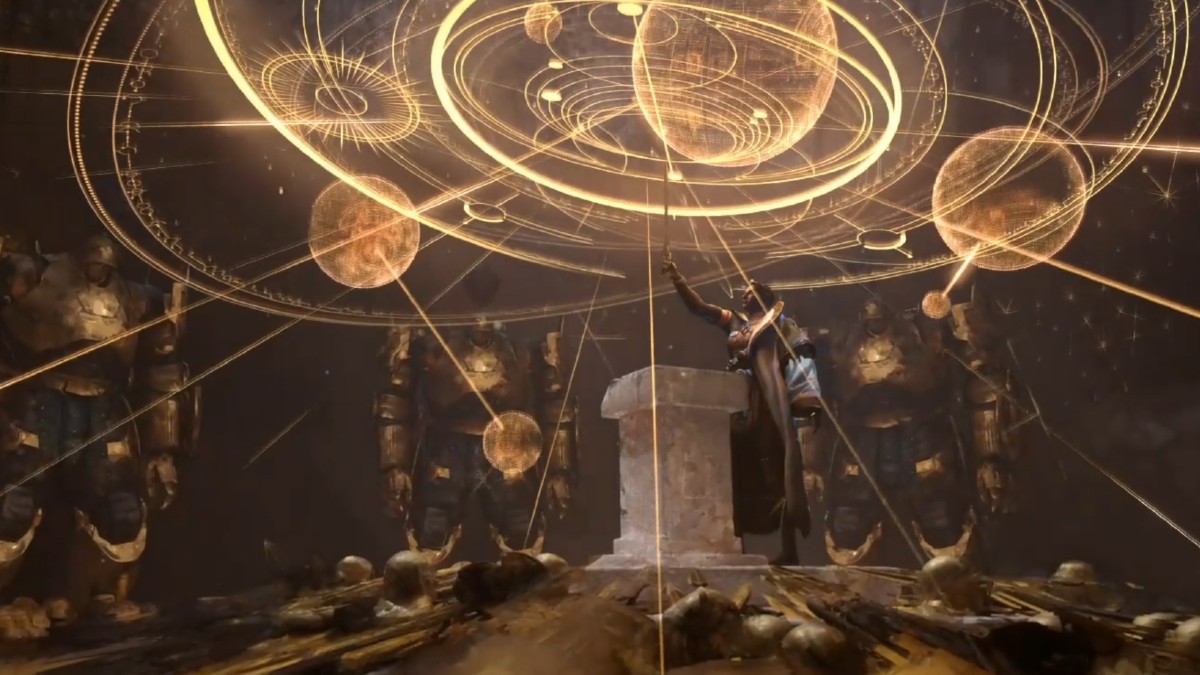




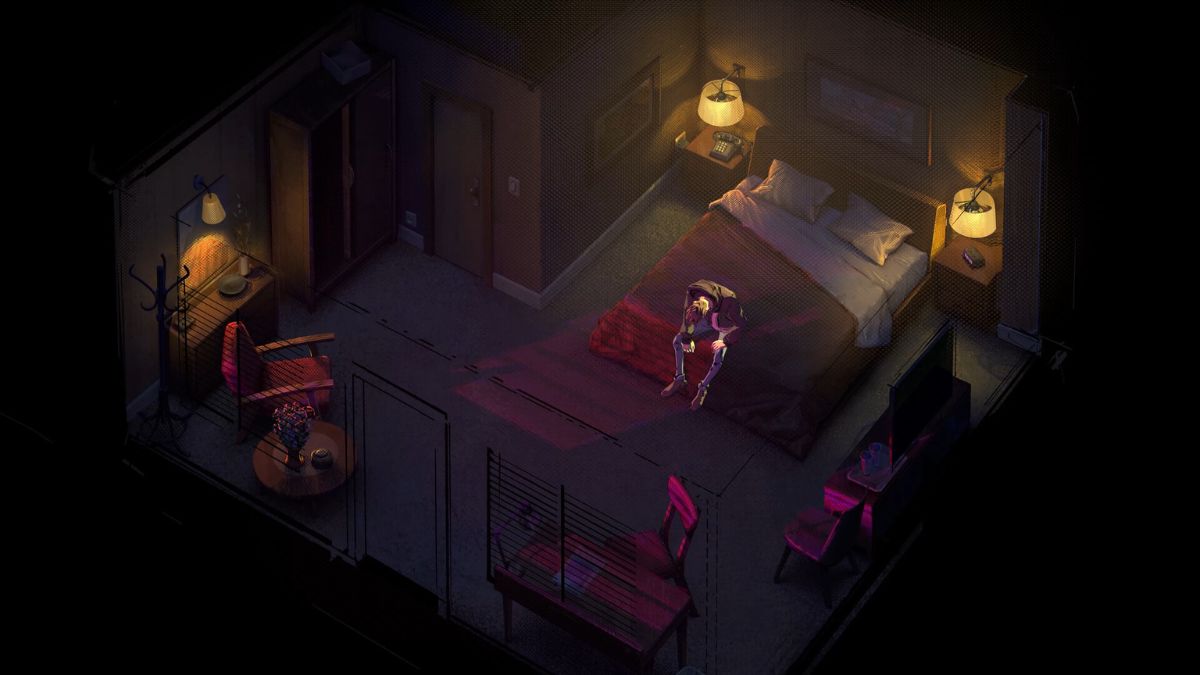
Published: Jul 26, 2021 05:59 pm